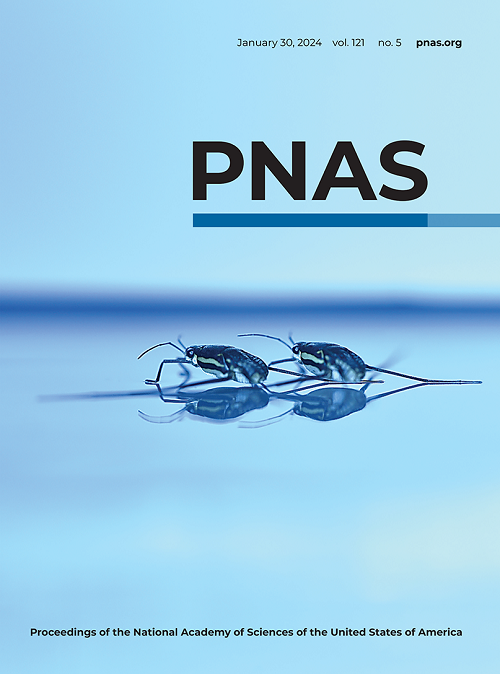气候模式组合的动态生成降尺度
IF 9.4
1区 综合性期刊
Q1 MULTIDISCIPLINARY SCIENCES
Proceedings of the National Academy of Sciences of the United States of America
Pub Date : 2025-04-25
DOI:10.1073/pnas.2420288122
引用次数: 0
摘要
区域高分辨率气候预测对于农业、水文学和自然灾害风险评估等许多应用至关重要。动态降尺度是产生局部未来气候信息的最先进方法,它涉及运行由地球系统模式(ESM)驱动的区域气候模式(RCM),但它在计算上过于昂贵,无法应用于大型气候预测集合。我们提出了一种将动态降尺度与生成式人工智能相结合的方法,以降低成本并改善降尺度气候预测的不确定性估计。在我们的框架中,RCM动态地将ESM输出缩小到一个中间分辨率,然后是一个生成扩散模型,该模型进一步将分辨率细化到目标尺度。这种方法利用了基于物理模型的通用性和扩散模型的采样效率,使大型多模型集成的降尺度成为可能。我们用来自耦合模式比较计划6 (CMIP6)集合的动态缩小尺度的气候预估来评估我们的方法。我们的研究结果表明,它能够提供更准确的未来区域气候的不确定性界限,而不是其他方法,如较小集合的动态降尺度,或传统的经验统计降尺度方法。与流行的统计降尺度技术相比,动态生成降尺度技术的误差要小得多,并且可以更准确地捕获气象场的光谱、尾依赖性和多变量相关性。这些特征使动态生成框架成为一种灵活、准确和有效的方法,可以缩小气候预估大集合的尺度,而目前纯动态缩小尺度是无法实现的。本文章由计算机程序翻译,如有差异,请以英文原文为准。
Dynamical-generative downscaling of climate model ensembles
Regional high-resolution climate projections are crucial for many applications, such as agriculture, hydrology, and natural hazard risk assessment. Dynamical downscaling, the state-of-the-art method to produce localized future climate information, involves running a regional climate model (RCM) driven by an Earth System Model (ESM), but it is too computationally expensive to apply to large climate projection ensembles. We propose an approach combining dynamical downscaling with generative AI to reduce the cost and improve the uncertainty estimates of downscaled climate projections. In our framework, an RCM dynamically downscales ESM output to an intermediate resolution, followed by a generative diffusion model that further refines the resolution to the target scale. This approach leverages the generalizability of physics-based models and the sampling efficiency of diffusion models, enabling the downscaling of large multimodel ensembles. We evaluate our method against dynamically downscaled climate projections from the Coupled Model Intercomparison Project 6 (CMIP6) ensemble. Our results demonstrate its ability to provide more accurate uncertainty bounds on future regional climate than alternatives such as dynamical downscaling of smaller ensembles, or traditional empirical statistical downscaling methods. We also show that dynamical-generative downscaling results in significantly lower errors than popular statistical downscaling techniques, and captures more accurately the spectra, tail dependence, and multivariate correlations of meteorological fields. These characteristics make the dynamical-generative framework a flexible, accurate, and efficient way to downscale large ensembles of climate projections, currently out of reach for pure dynamical downscaling.
求助全文
通过发布文献求助,成功后即可免费获取论文全文。
去求助
来源期刊
CiteScore
19.00
自引率
0.90%
发文量
3575
审稿时长
2.5 months
期刊介绍:
The Proceedings of the National Academy of Sciences (PNAS), a peer-reviewed journal of the National Academy of Sciences (NAS), serves as an authoritative source for high-impact, original research across the biological, physical, and social sciences. With a global scope, the journal welcomes submissions from researchers worldwide, making it an inclusive platform for advancing scientific knowledge.

 求助内容:
求助内容: 应助结果提醒方式:
应助结果提醒方式:


